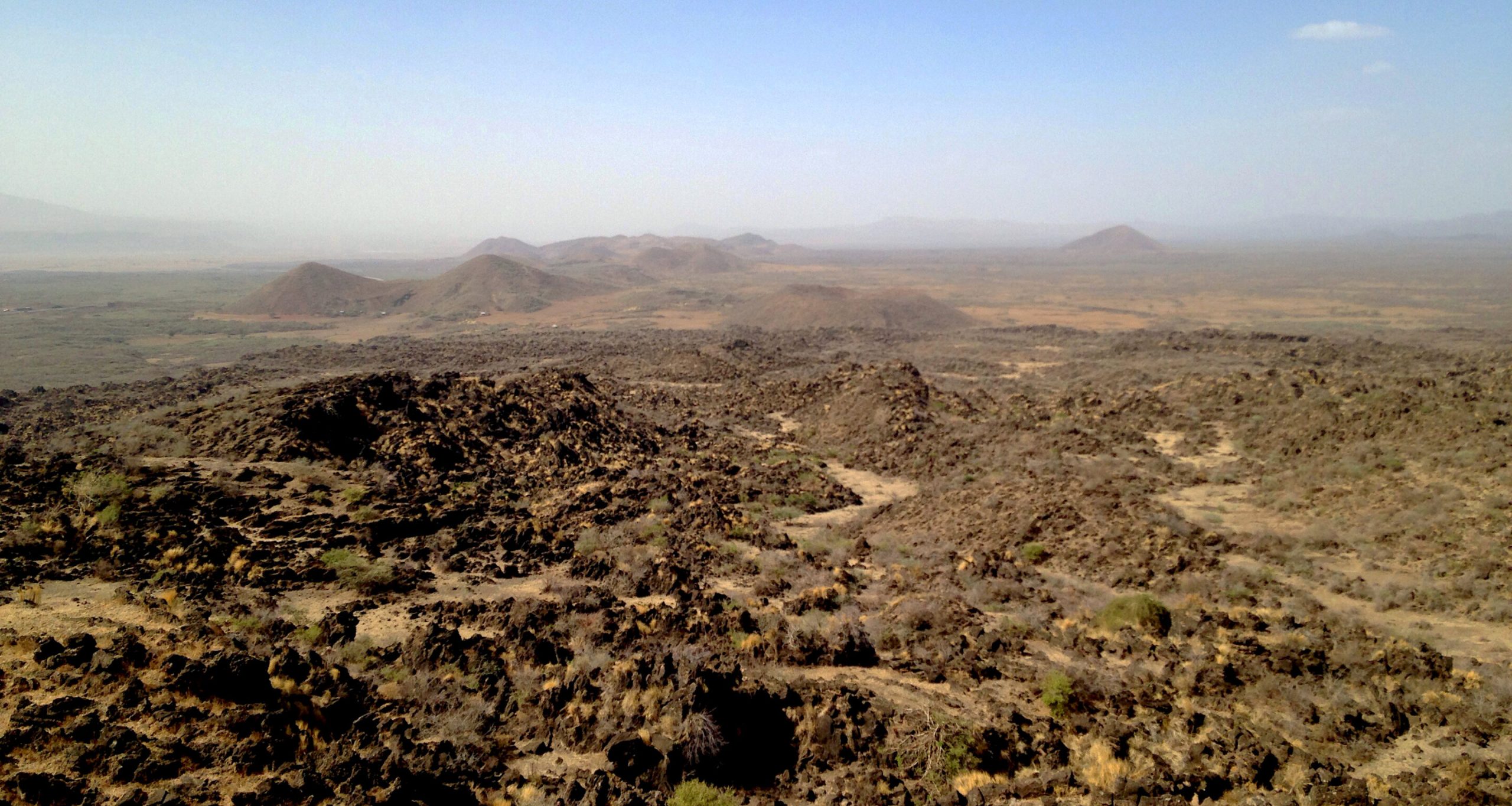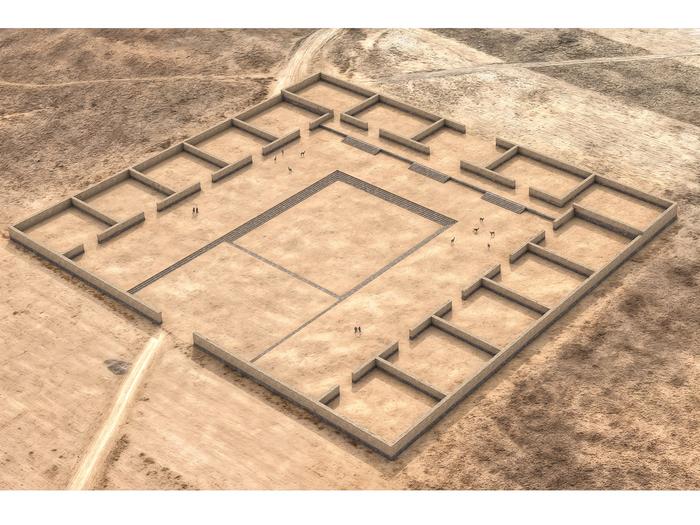Now Reading: Deep Pulses Beneath Africa Are Breaking the Continent Apart, Creating a New Ocean
-
01
Deep Pulses Beneath Africa Are Breaking the Continent Apart, Creating a New Ocean
Deep Pulses Beneath Africa Are Breaking the Continent Apart, Creating a New Ocean

Continents aren’t torn apart without warning, and oceans certainly aren’t created out of the blue. Instead, these changes are announced millions of years before they’re actually achieved, by the activity of molten rock in Earth’s mantle.
According to a new study in Nature Geoscience, a plume of molten rock is pulsing beneath Africa. Pounding “like a beating heart,” according to a press release, this mantle plume is fueling volcanism and tectonic activity at the Afar region of Ethiopia, cleaving its tectonic plates and creating a new ocean basin.
“We found that the mantle beneath Afar is not uniform or stationary — it pulses, and these pulses carry distinct chemical signatures,” said Swansea University researcher Emma Watts, who worked on the study while at the University of Southampton, according to the release. “These ascending pulses of partially molten mantle are channelled by the rifting plates above. That’s important for how we think about the interaction between Earth’s interior and its surface.”
Indeed, this pulsing plume is concentrated where three tectonic plates converge. Over time, it has helped thin the tectonic plates above, which will someday split apart — millions of years from now — leaving a new ocean basin in their wake. However, according to the team’s work, the plume’s activity isn’t steady or stagnant, but rather changes dynamically, depending on the thickness of the tectonic plates above.
Read More: The Hidden Layers of Earth and Tectonic Plate Movements
Plumes, Pulses, and Tectonic Plates
Microscope image of a thin sliver of one of the volcanic rocks from Afar, Ethiopia. (Image Credit: Dr Emma Watts, University of Southampton/Swansea University)
There aren’t many places in the world where three tectonic rifts converge, but the Afar region in Ethiopia is one of them, containing the meeting place of the Main Ethiopian Rift, the Red Sea Rift, and the Gulf of Aden Rift. There, a mantle plume or upwelling — a pillar of unusually warm molten material — moves upwards, driving the division of these rifts and the opening of the ocean basin above. But while the existence of this plume has been previously documented, there has been relatively little research into its chemical composition and activity.
Hoping to learn more, the authors of the new study analyzed around 130 volcanic rocks from Afar and the Main Ethiopian Rift and used mathematical models to reveal that the region’s plume is asymmetrical and striped, with different bands of different chemical components.
“The chemical striping suggests the plume is pulsing, like a heartbeat,” said Tom Gernon, another study author and a professor at the University of Southampton, in the release. “These pulses appear to behave differently depending on the thickness of the plate and how fast it’s pulling apart.”
Read More: Unexplainable Radio Waves Under Antarctica’s Ice Defy the Laws of Particle Physics
Deep Pulse Dynamics
According to the team, the research reveals that the Afar plume’s pulses are deeply dependent on the tectonic plates that converge there.
“We have found that the evolution of deep mantle upwellings is intimately tied to the motion of the plates above,” said Derek Keir, another study author and a professor at the University of Southampton and the University of Florence, in the release. “This has profound implications for how we interpret surface volcanism, earthquake activity, and the process of continental breakup.”
Of course, the complete separation of Africa’s tectonic plates is still millions of years away. But the study remains relevant for Afar today, helping researchers tease out the region’s volcanic and tectonic activity.
“The work shows that deep mantle upwellings can flow beneath the base of tectonic plates and help to focus volcanic activity to where the tectonic plate is thinnest,” Keir added in the release. “Follow-on research includes understanding how and at what rate mantle flow occurs.”
The research was the result of an international collaboration, involving scientists from 10 institutions from around the world.
“Working with researchers with different expertise across institutions, as we did for this project, is essential to unravelling the processes that happen under Earth’s surface,” Watts added in the release. “Without using a variety of techniques, it is hard to see the full picture, like putting a puzzle together when you don’t have all the pieces.”
Read More: Drilling Deep: How Far Have We Gone Under Earth’s Crust?
Article Sources
Our writers at Discovermagazine.com use peer-reviewed studies and high-quality sources for our articles, and our editors review for scientific accuracy and editorial standards. Review the sources used below for this article:
-
Nature Geosciences. Mantle Upwelling at Afar Triple Junction Shaped by Overriding Plate Dynamics
Sam Walters is a journalist covering archaeology, paleontology, ecology, and evolution for Discover, along with an assortment of other topics. Before joining the Discover team as an assistant editor in 2022, Sam studied journalism at Northwestern University in Evanston, Illinois.




















